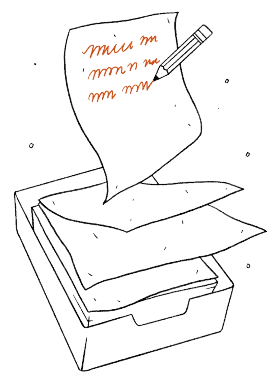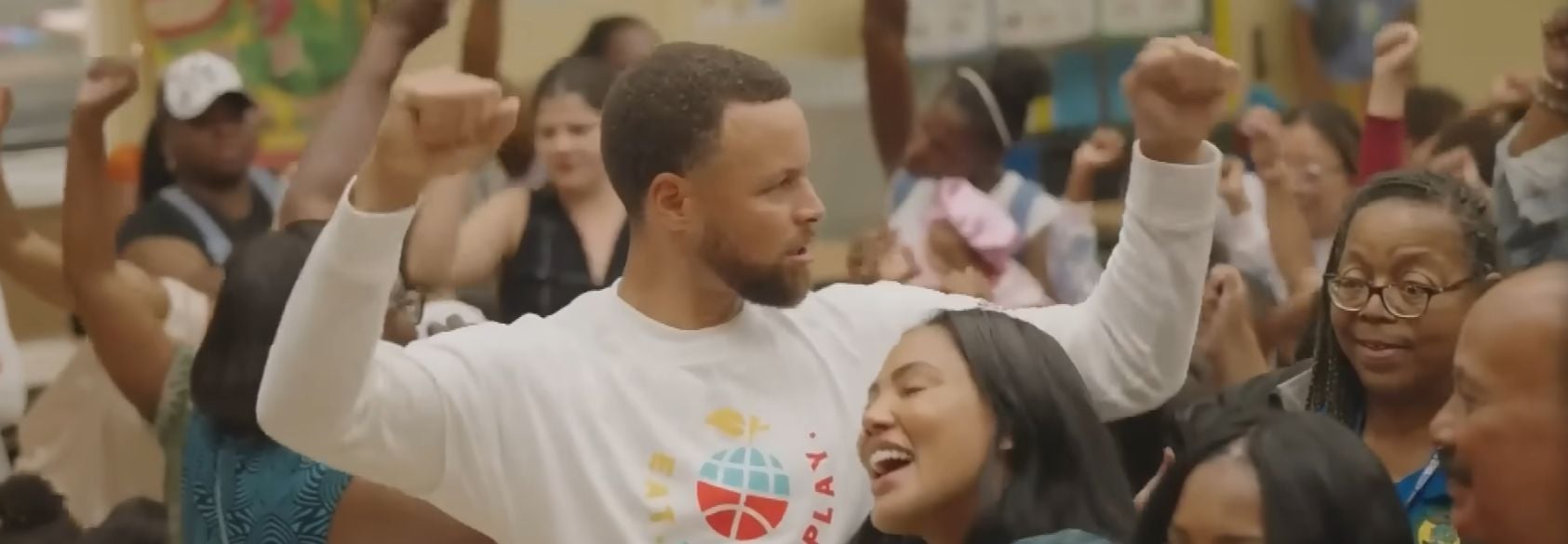It just so happens that I eat lunch with a circle of women who are almost all special education teachers; two of them are my teaching partners. Strangely, I can’t imagine a better place to learn the hearts of people as when we are eating as fast as humanly possible (20-minute lunch). By learning who these women are, I’ve learned to watch them as the experts they are. Here are the top three tips I’ve discovered this year:
Triage
As a mom, I’ve learned which blood-curdling scream of “Mom!” means there might be blood and the ones that mean my daughter can’t find the right jeggings. With another child, a husband, a dog, a cat, a job and a pile of laundry to put away, I kind of need to know whether I should race up the stairs or tend to some other matter that is more urgent at the time—like dinner. I’ve had 11 years of experience, so I’m getting pretty good at this. I have recently noticed, however, that I am horrible at triage in the classroom.
Last week, our students were writing book reviews on laptops in class. Some were deep in thought, earbuds in, knee tapping, and oblivious to the rest of us. Others were looking around or distracted from the writing for some reason. Laura, my co-integrated teaching partner (the state of New York’s name for my partner in crime, period nine), walked right past one such student, stopped to comment on another child’s paper as she headed to the side of the room, shook her head at two boys who were talking, and then looped back to the front. Laura scanned the room, and made a general announcement: “Hey! Everybody. If you are trying to move your header, you might want to see if it changes all of your pages.” This all took about two minutes. Just as I was going to move toward the student Laura had walked by, I watched the student get to work. If this weren’t so common, I’d call it coincidence, but I now have figured out that Laura does her own version of triage as she circulates. Just like nurses who have to weigh the seriousness of an injury, Laura handles the most important things first, allows a little productive struggle, and sometimes makes announcements that really are aimed at specific students, but the class would never know because she tells everyone. This allows some of the needier students to find out what they need to know without monopolizing her time. When I figured this whole thing out, I couldn’t get over how poorly I triaged. I had always gone from the front to the back of the room, or to whichever student I thought had put his or her hand up first.
Error Awareness
As I walked past the social studies room, I heard Hollie. This isn’t anything new, and she’d tell you herself. She’s the most animated among our lunch bunch.
“I know you are probably wondering how much room to leave, so give it this much space.” Hollie said, holding up her thumb and forefinger to demonstrate how much space students needed to leave for the rest of the notes. “Now, hold your fingers up to show me how much space. Good. Lots of kids run out of room. We don’t want that to happen!” She scanned the room to see that everyone’s space was the same, so that all of the students had the opportunity to do the task under the best circumstances instead of worrying about what to do when they ran out of space.
I was taken with the fact that she didn’t just say, “Leave some room,” which is what I would have done. I even might have said, “Leave about four inches.” But, what Hollie recognized that I hadn’t was that not every student is going to be able to interpret the vague “leave some space,” and some others might not be able to visualize “four inches” very well. Though this is arguably a special education problem, we’ve all been there when a student runs out of room for something and disrupts the flow by both announcing it and waiting for help. Hollie was able to recognize errors that many students make and prevent them from happening, which I thought was really cool. I’m now approaching error analysis with intentionality, and I’m sure it will improve my practice.
Don’t Pick up the Rope
I am fortunate enough to end my day with Mary, the special education teacher in my 12th-period class, who is an incredibly intuitive and empathetic woman. Mary recognizes body language well, but it is in her keen awareness to each student’s triggers that prevents disruptions and also allows her to address student needs. Of course, as a regular education teacher, I’m not able to recognize triggers for all of my 134 students; however, I can try. This reminds me of the first advice I was given the day I started my stint as a summer school teacher. The shaggy faced veteran teacher stuck his head in the room, right before my students arrived, and said, “Have a good first day. Just don’t pick up the rope. There are always a few who want a tug of war.”
I don’t have to tell you that he was spot-on, and I probably don’t have to tell you that the 22-year-old I was then didn’t listen. I learned quickly that the teacher always loses when she engages in an unwinnable tug of war. It is imperative that students know we are on their side, trying to help them, not an oppositional force trying to yank them toward a specific goal. This is where Mary really excels. She has a gentle nudging that lets students know she is behind them, backing them up instead of forcing them along.
Moreover, we’ve all been in a situation where we know what we say or do is only going to escalate a problem. I once read that the most challenging students get in the most trouble while they are getting in trouble, not for the initial infraction. How true this is! I’ve been reminding myself that turning the volume down, lowering the intensity when challenged, and trying to shift to a service mode, are all excellent diffusing strategies, which is exactly what Mary does. Instead of saying “Why aren’t you working right now?” I can say, “What can I do to help you right now?” The goal is the same—to redirect students—but consider the kindness that is being extended in the latter question versus triggering a student’s feeling of incompetency.
I’m sure I’ll continue to feed off the positive pedagogical strategies I see from my special education partners. The trick for me, as a regular education teacher, is to understand that even if the task seems immeasurable, we will all be more successful when we know the hearts of the students we are interacting with all day. I encourage teachers to apply these ideas—do triage, predict where things are going to go wrong, and don’t pick up the rope when they do. In fact, as I think about the “trouble” I’ve caused for myself over time, these are exactly the three areas! What about you? What can you learn from another teacher that might change the course of your day, and more important, the experience that students have in your classroom.











